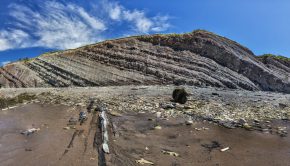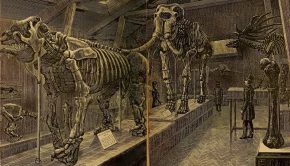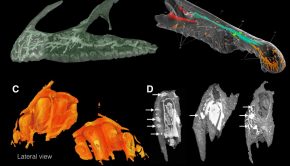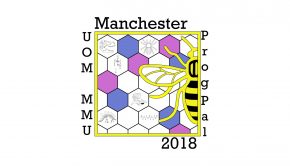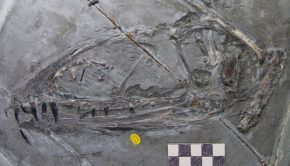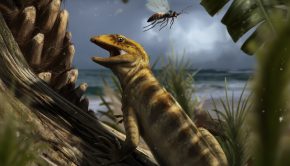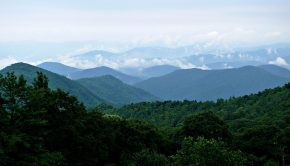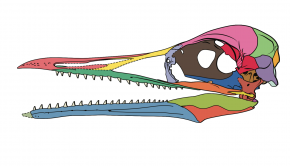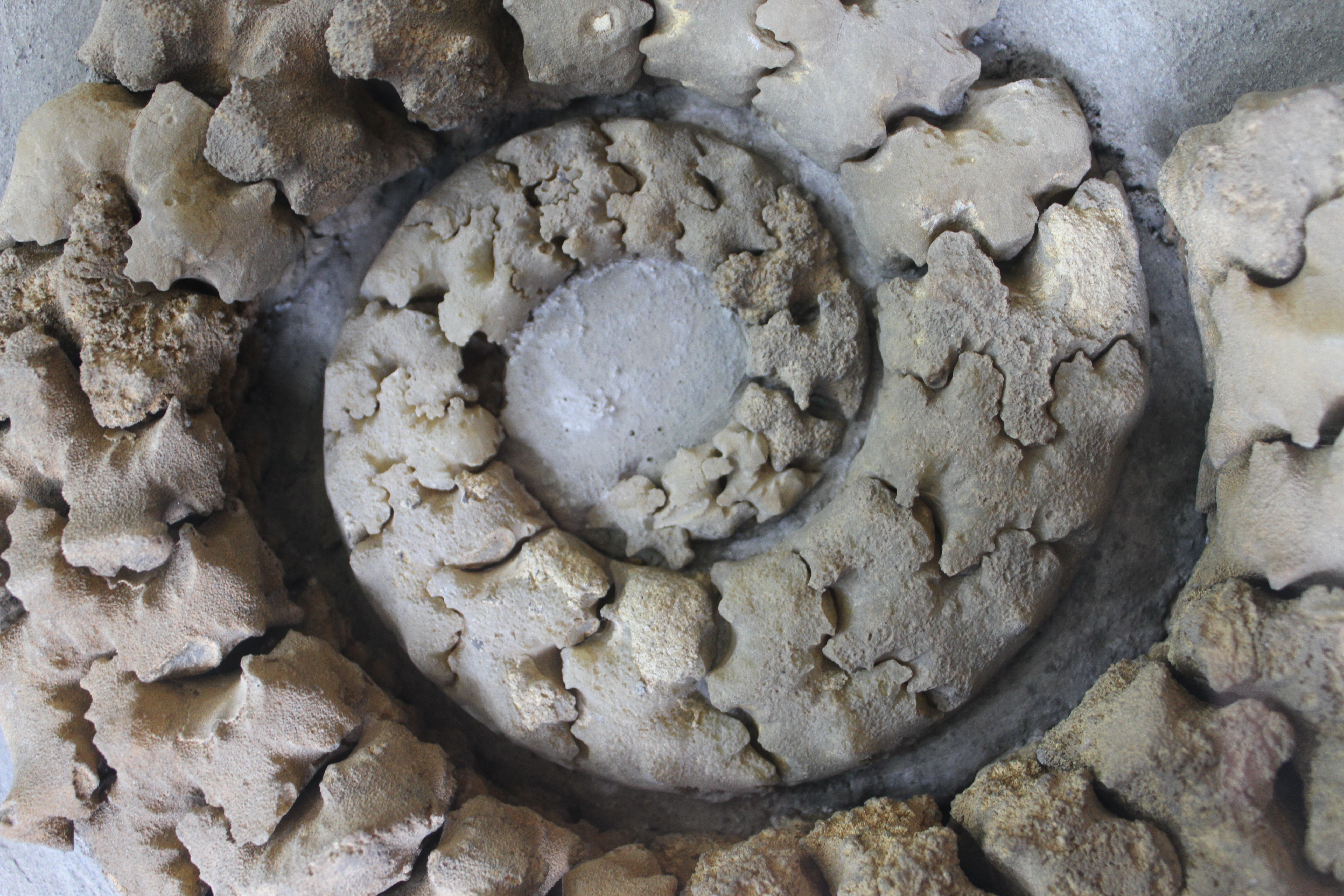September 17th, 2018 | by Liz Martin-Silverstone
Science Borealis, a Canadian science blog community, along with the Science Writers and Communicators of Canada have announced the short-list [&hellip
September 17th, 2018 | by Liz Martin-Silverstone
The Carboniferous was a time of huge swampy forests, big trees, and lots of life both on land and in [&hellip
August 15th, 2018 | by David Marshall
Palaeontology has an ability to grab the public’s attention like no other subject. Perhaps it’s the size and ferocity of [&hellip
June 23rd, 2018 | by Chris Barker
If you’ve been on twitter these last few months, or follow palaeozoologist Darren Naish on social media, you’ll have surely [&hellip
June 7th, 2018 | by David Marshall
Welcome to our coverage of Progressive Palaeontology, the Palaeontological Association’s conference for early-career academics. The conference this year is held [&hellip
June 7th, 2018 | by Guest Blogger
Whenever we think about extinct animals we often imagine them tucking into their favourite meals, whether it be a Tyrannosaurus [&hellip
May 30th, 2018 | by Liz Martin-Silverstone
Squamates are a group of reptiles that include lizards and snakes, with the earliest fossils occurring in the Jurassic, despite [&hellip
May 24th, 2018 | by David Marshall
The Appalachian mountains, span the Eastern margin of the United States of America. They are predominantly composed of Paleozoic rocks, [&hellip
May 5th, 2018 | by Guest Blogger
Since I was child, I wanted to pursue a career in palaeontology. As I am now starting my career as [&hellip
May 3rd, 2018 | by Liz Martin-Silverstone
Bird evolution has long fascinated palaeontologists. Despite crown-group birds (birds giving rise to modern lineages today) evolving during the Cretaceous, [&hellip


